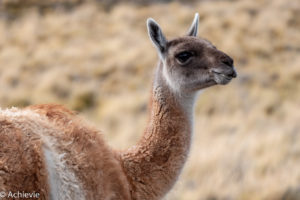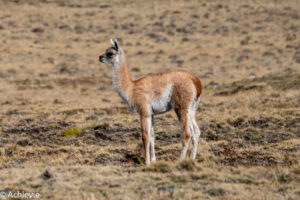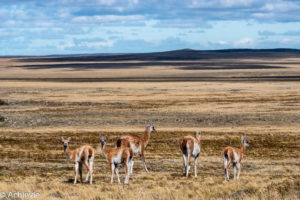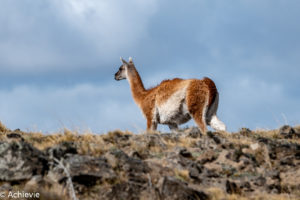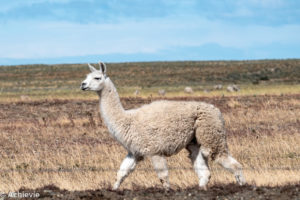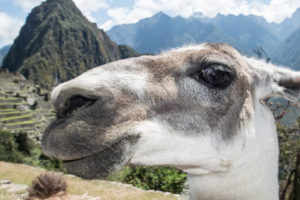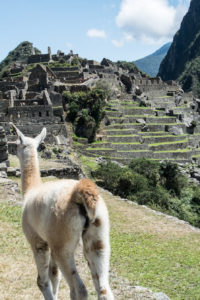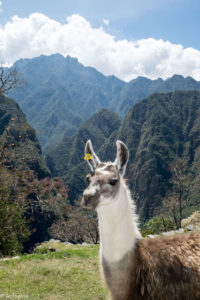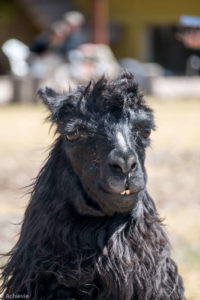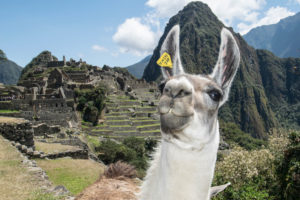The llama is a domesticated South American camelid, widely used as a meat and pack animal by Andean cultures since the Pre-Columbian era. They are very social animals and live with other llamas as a herd. The wool produced by a llama is very soft and lanolin-free. Llamas are intelligent and can learn simple tasks after a few repetitions. The name llama (in the past also spelled ‘lama’ or ‘glama’) was adopted by European settlers from native Peruvians.
Llamas appear to have originated from the central plains of North America and migrated to South America. By the end of the last ice age, camelids were extinct in North America. As of 2007, there were over seven million llamas and alpacas in South America and over 158,000 llamas and 100,000 alpacas in the United States and Canada.
The four forms of llama commonly distinguished by the inhabitants of South America are recognized as distinct species, though with difficulties in defining their distinctive characteristics: the llama, the alpaca, the guanaco and the vicuña.
More information on Llamas can be found on Wikipedia.
Blogs where we have spotted a Llama, Alpaca, Guanaco or vicuña in the wild
Other wildlife we spotted in the wild
Have a look at the other wildlife we ‘achievied’ to spot in the wild, and other Achievies…
